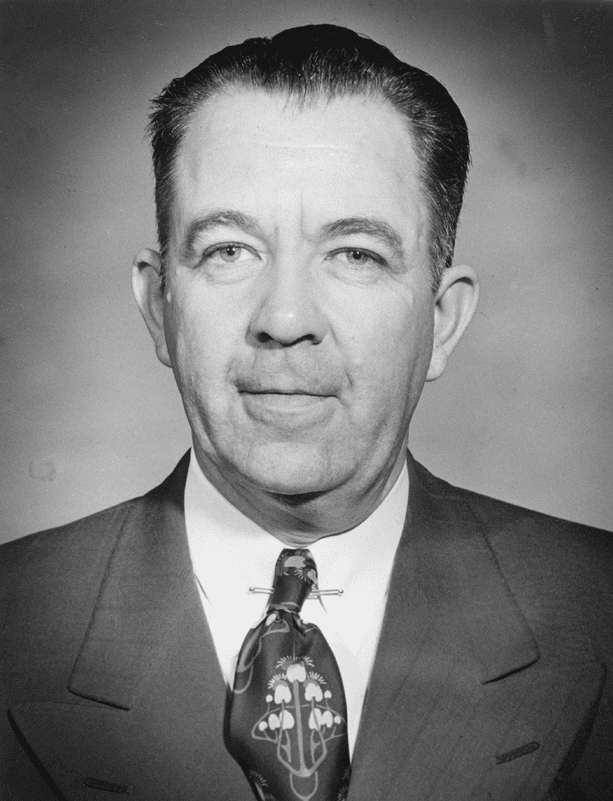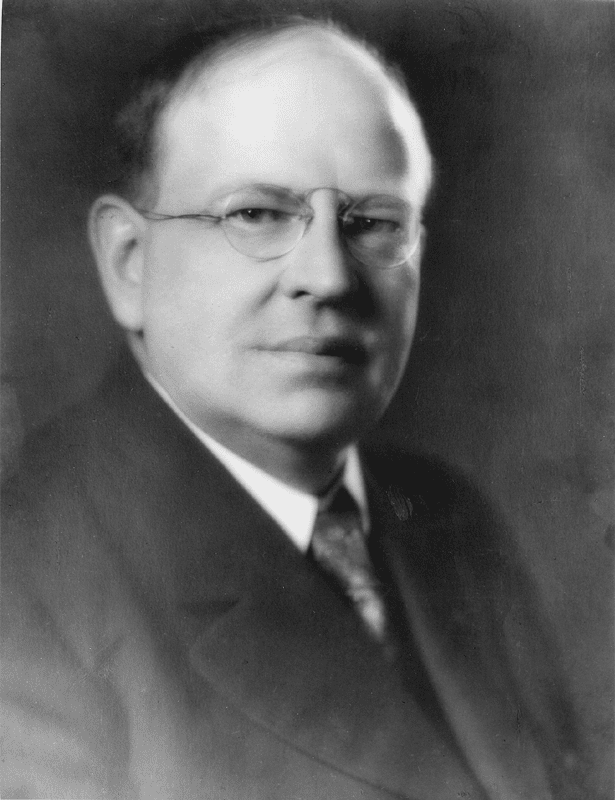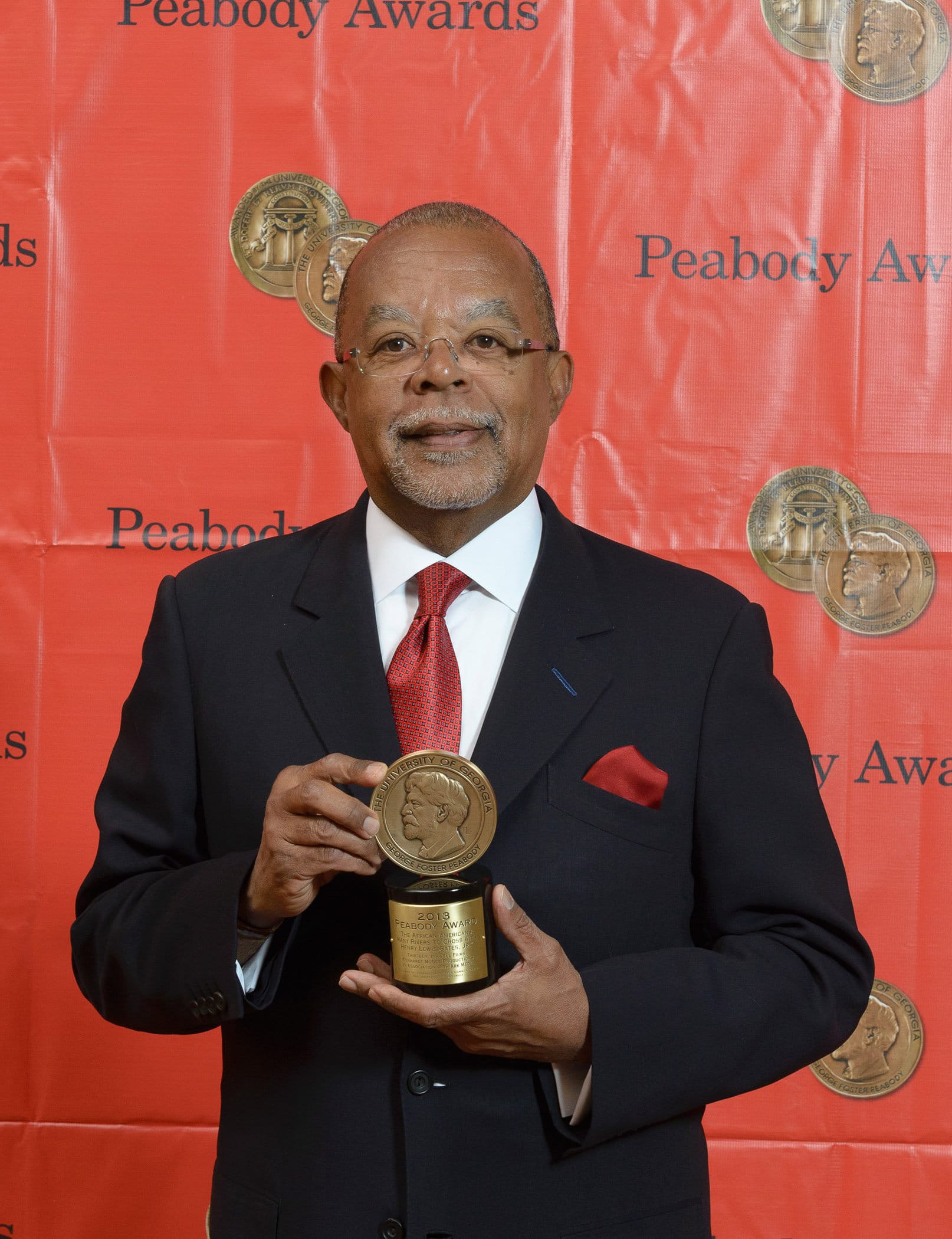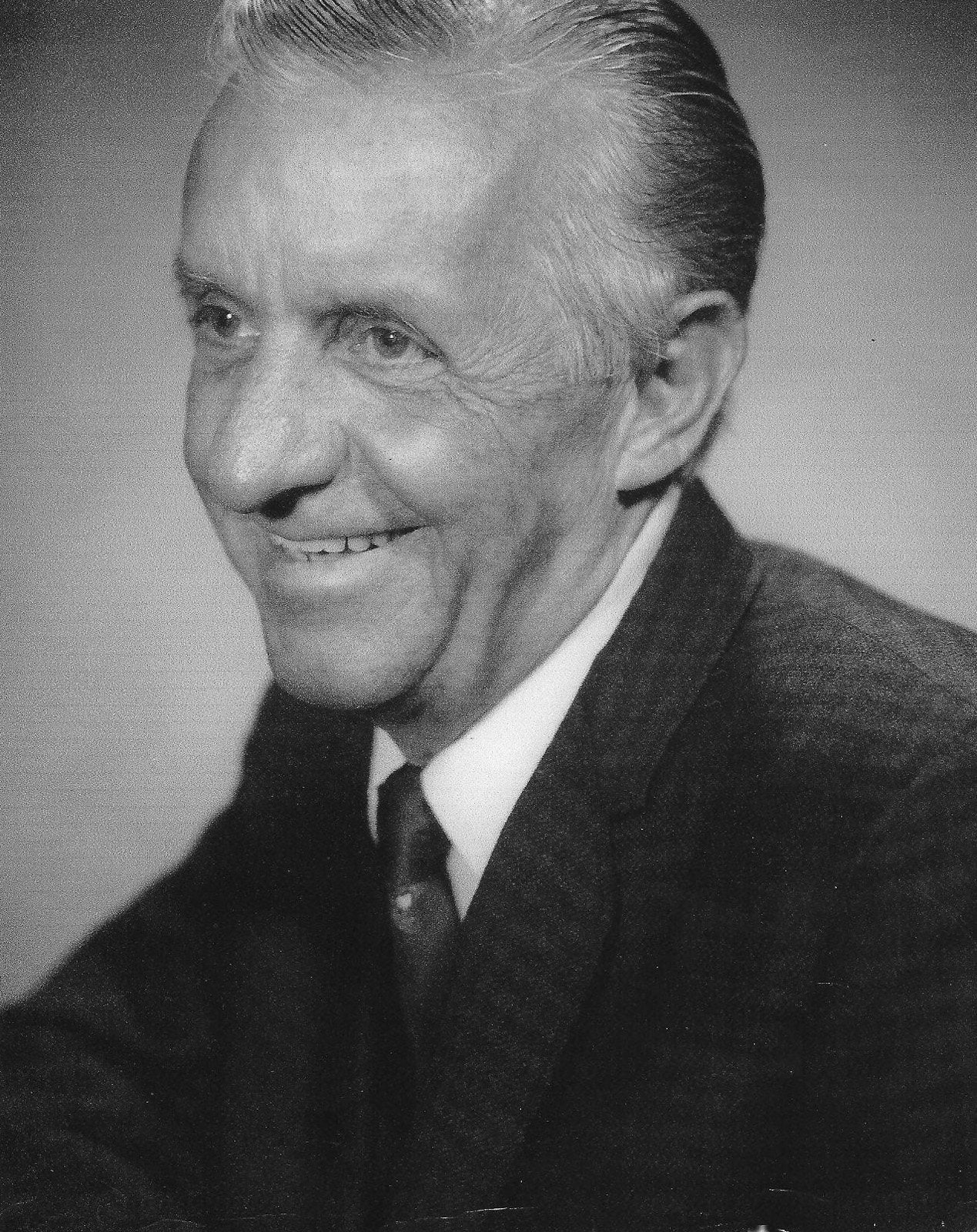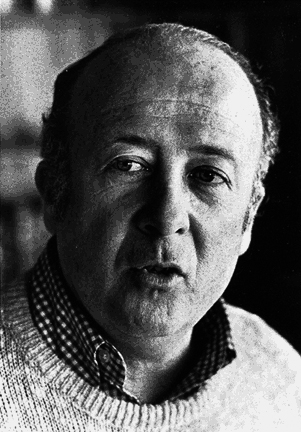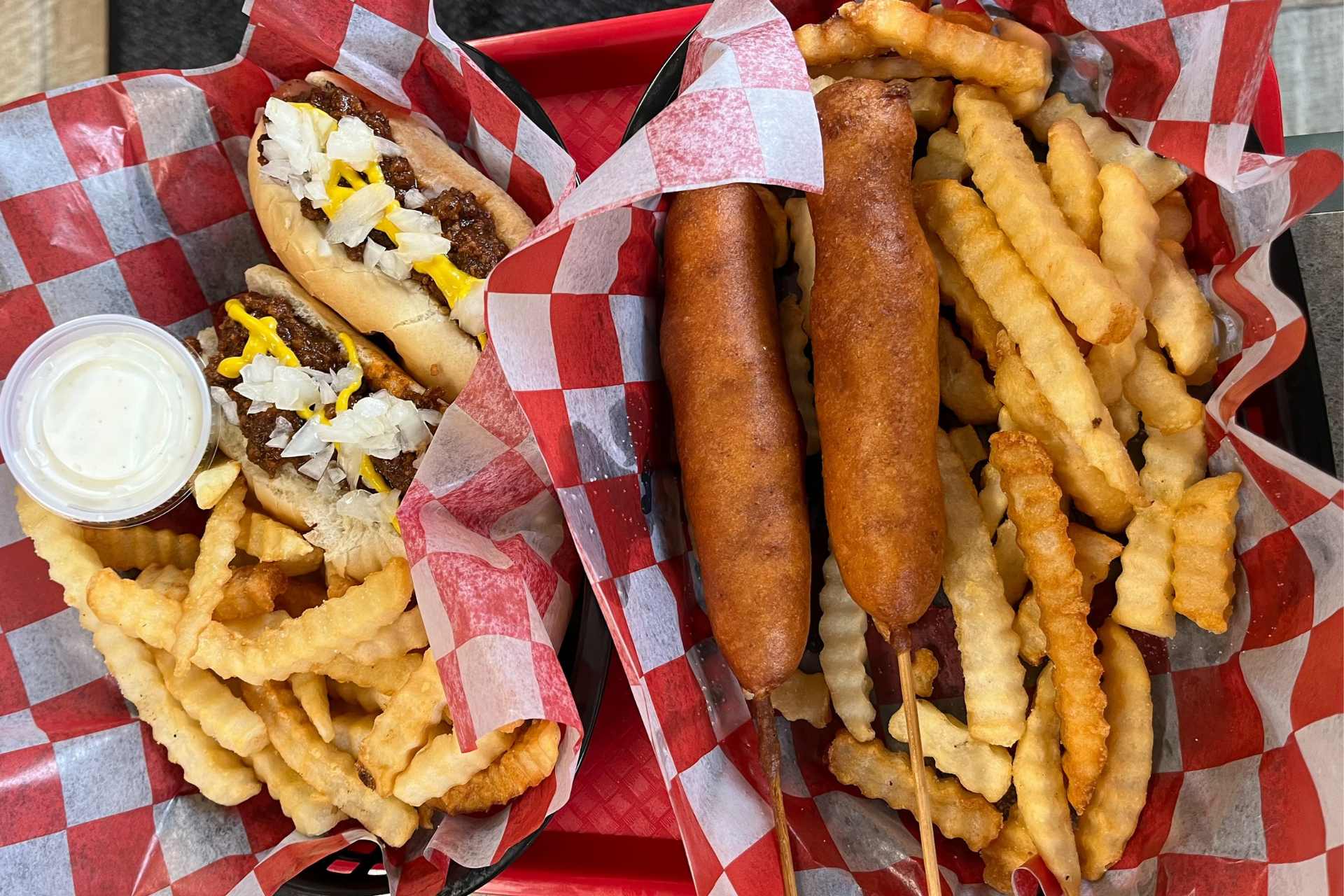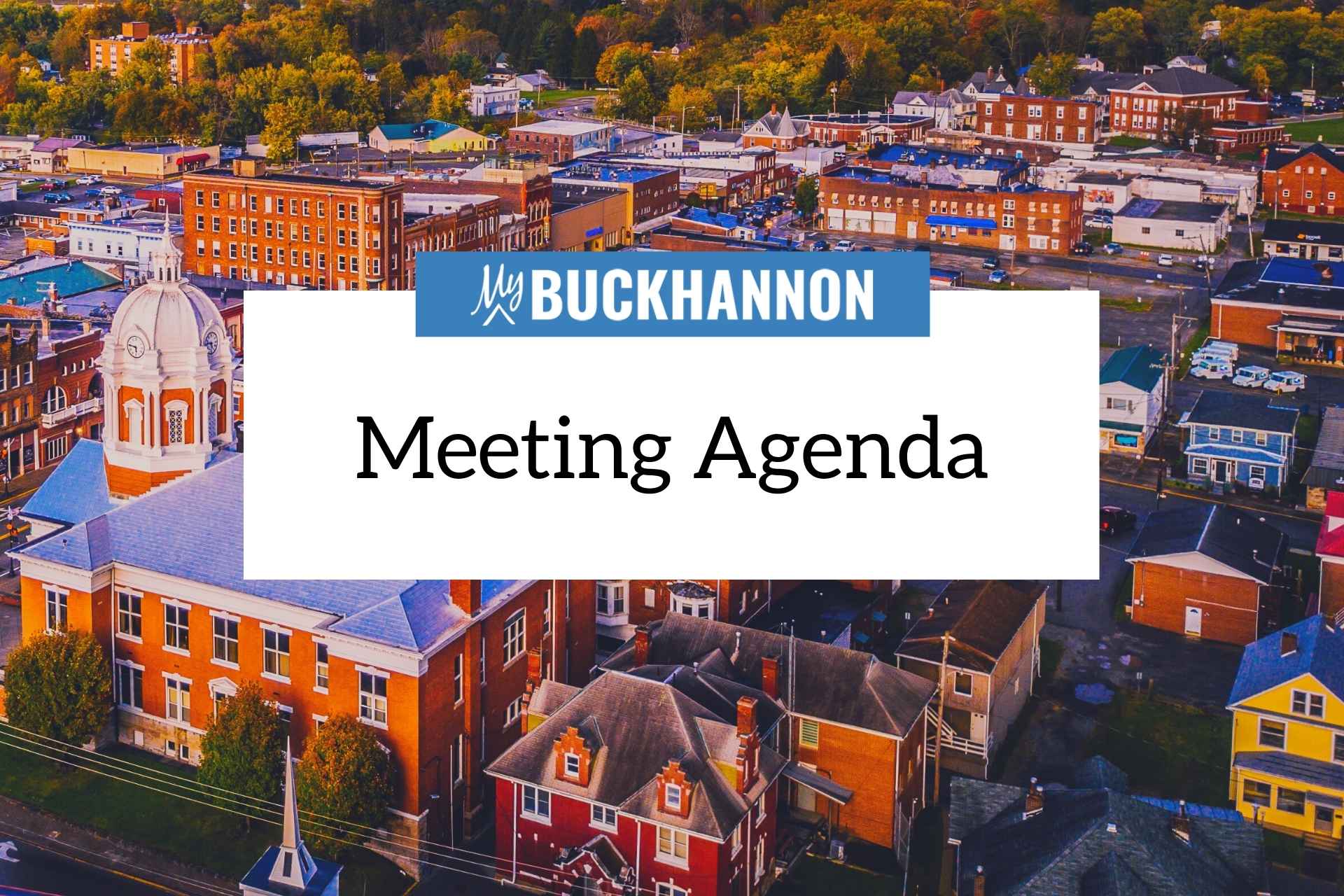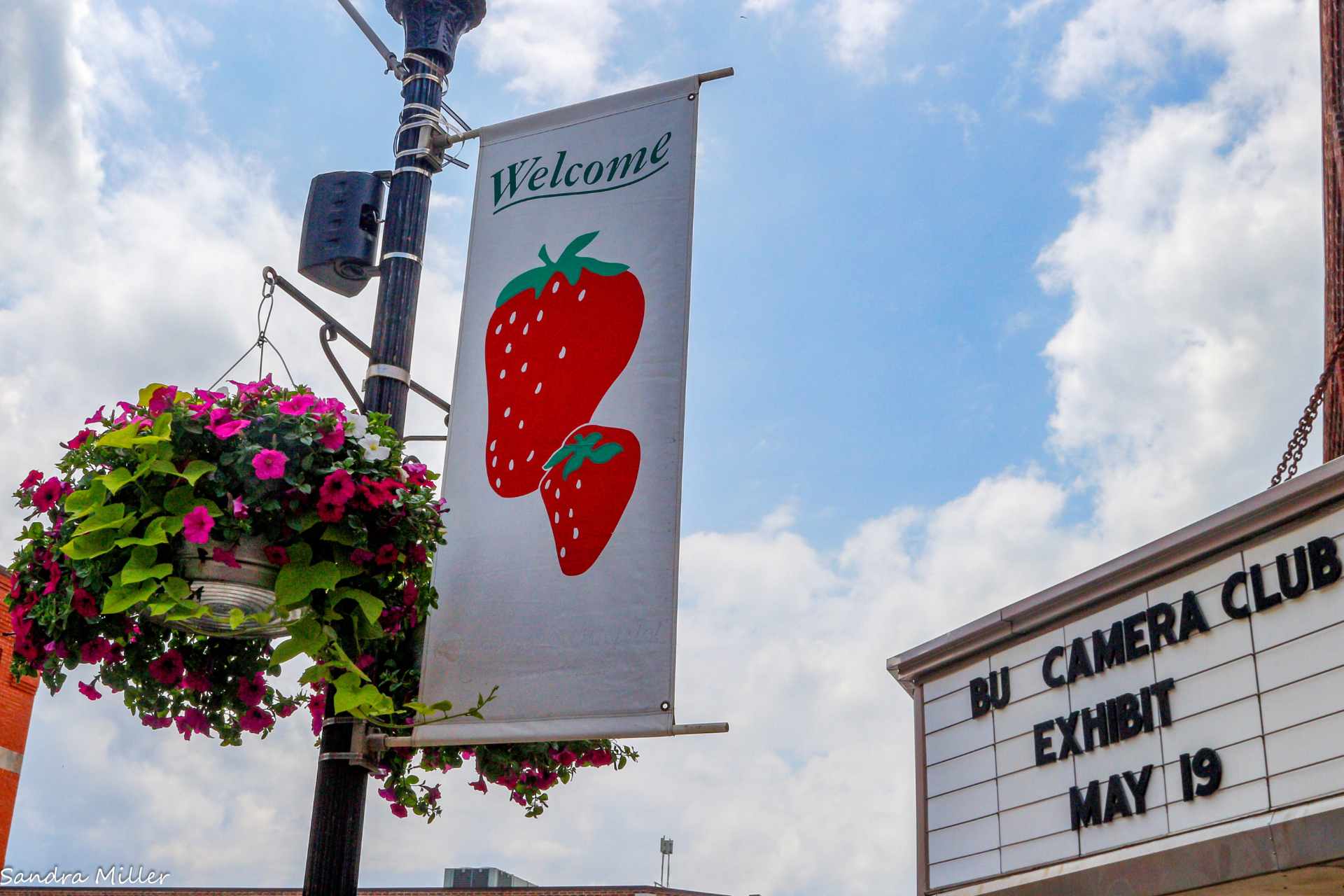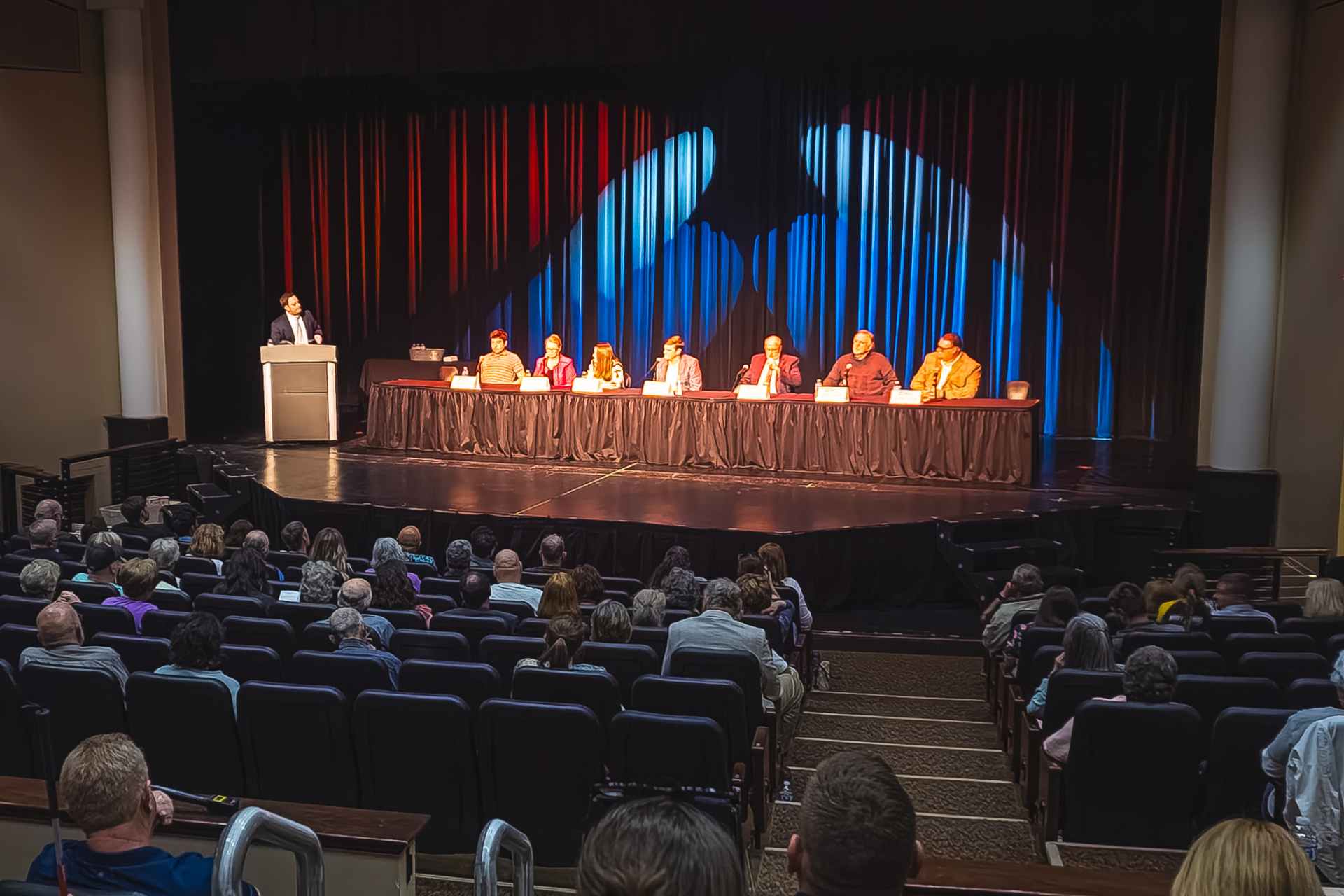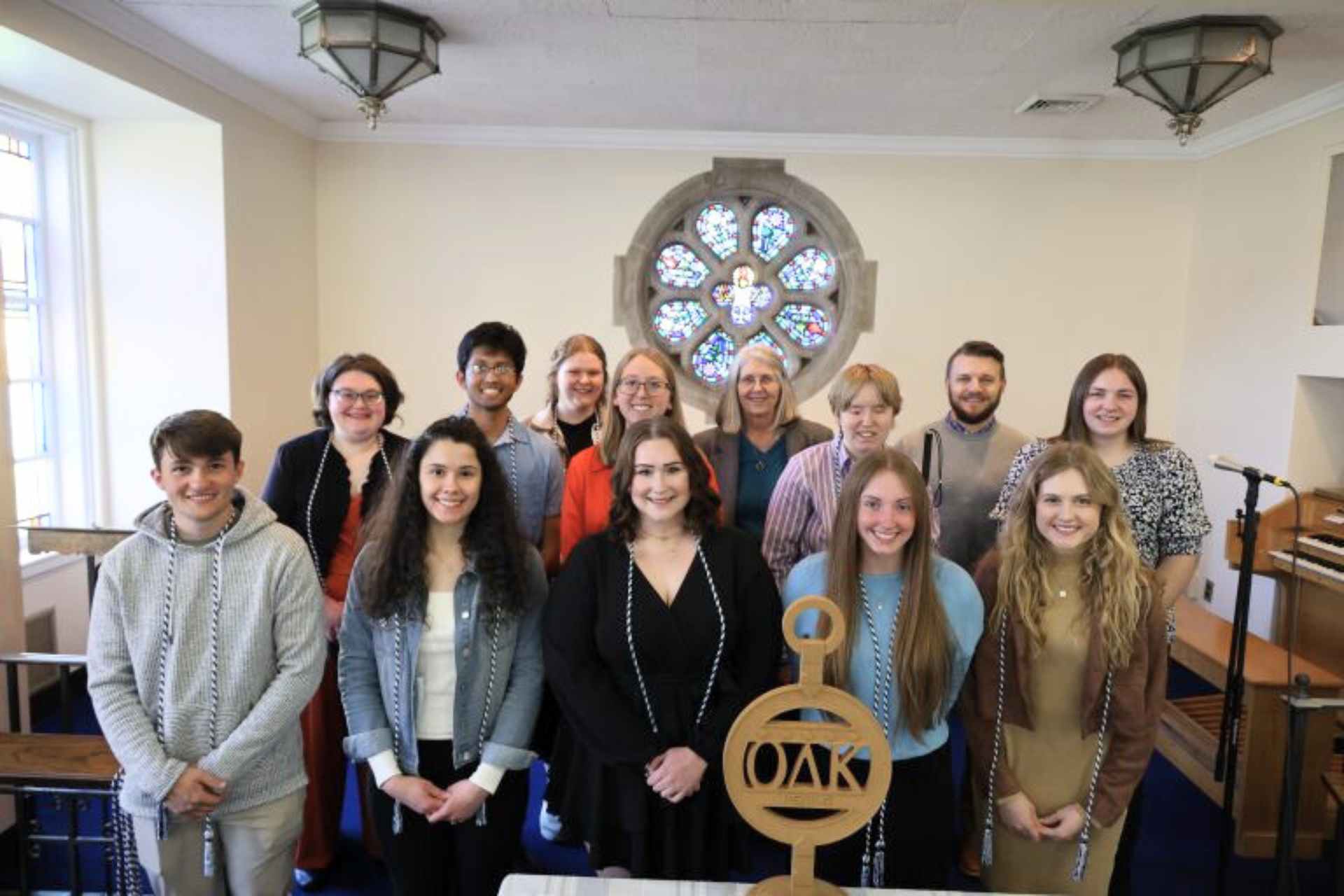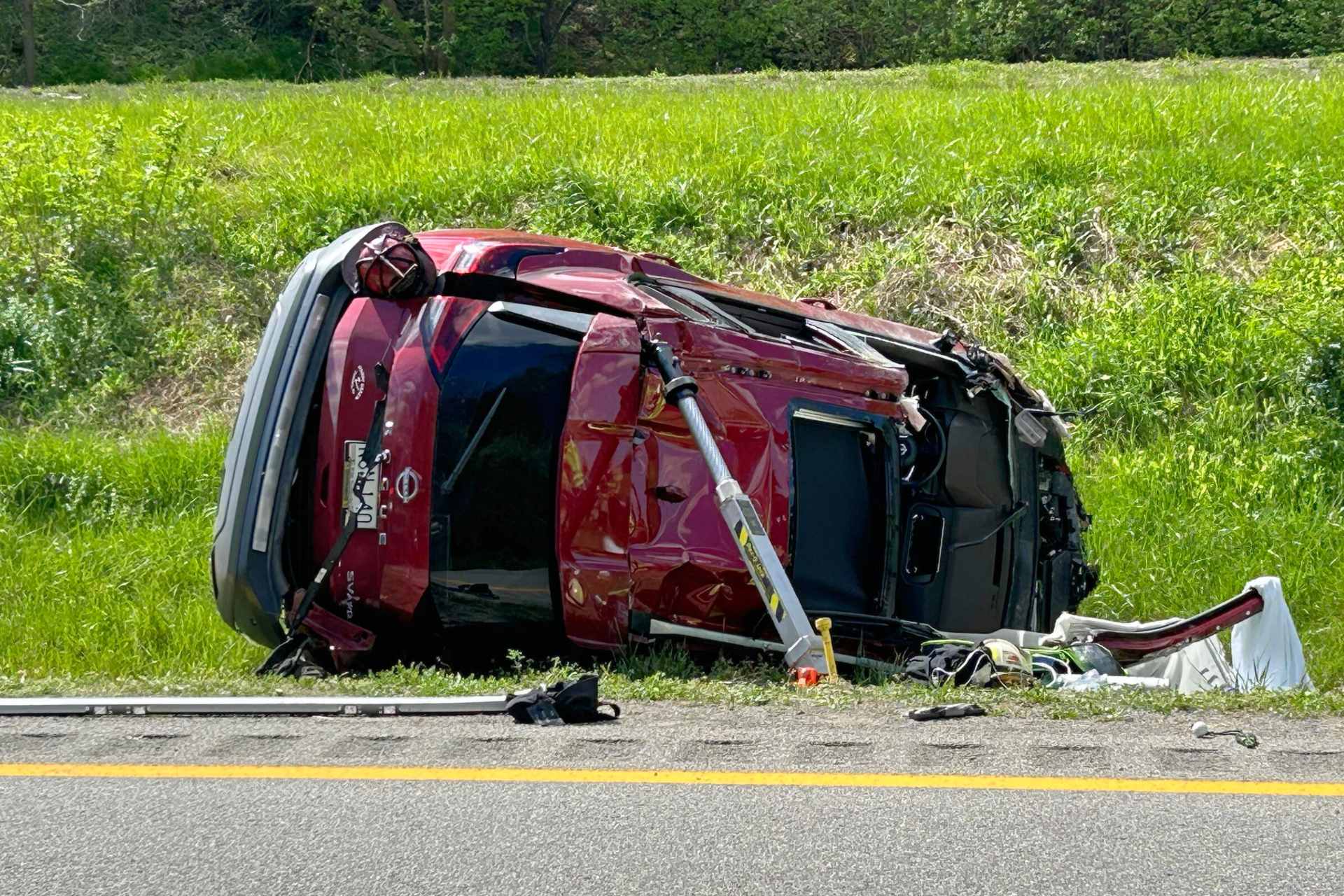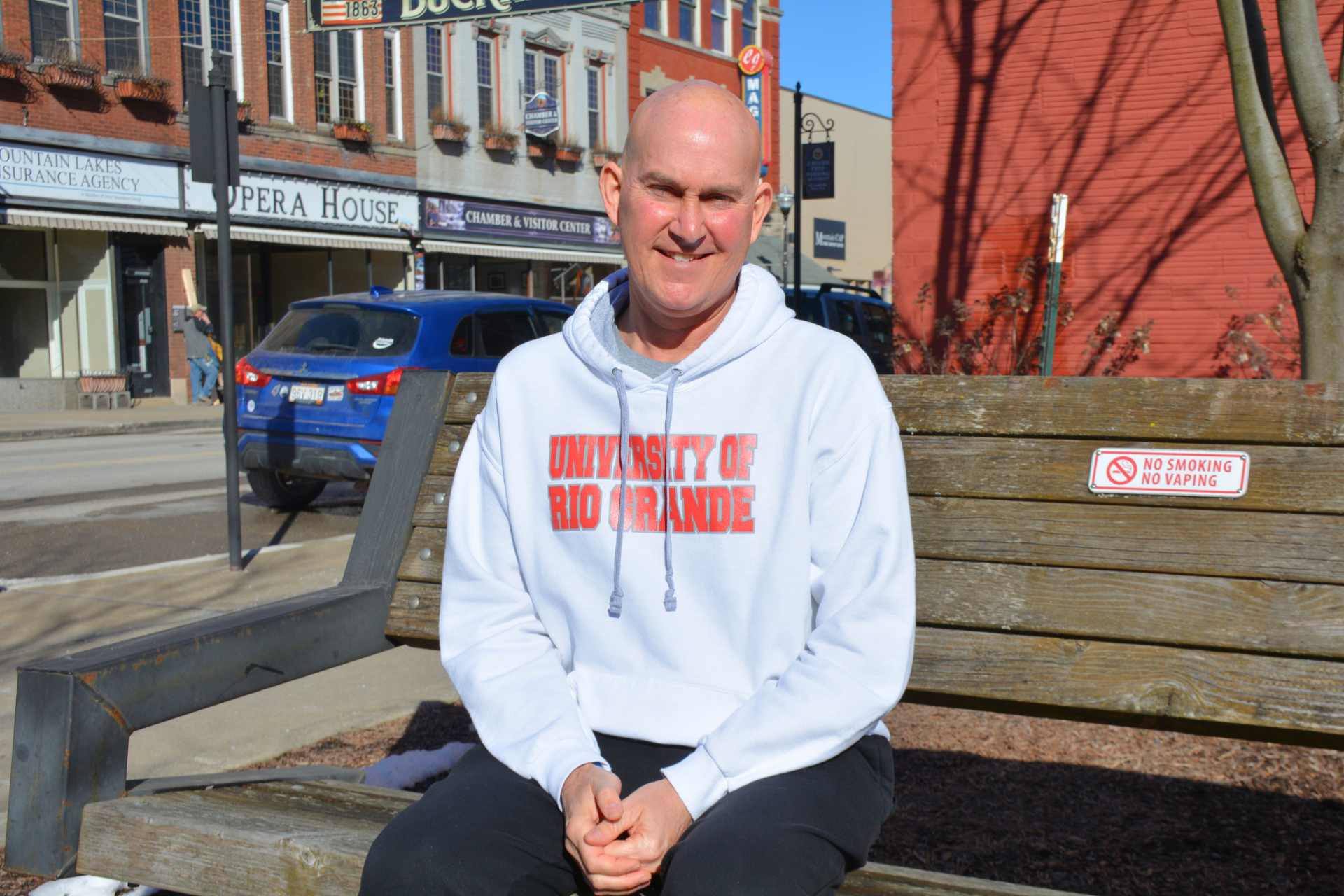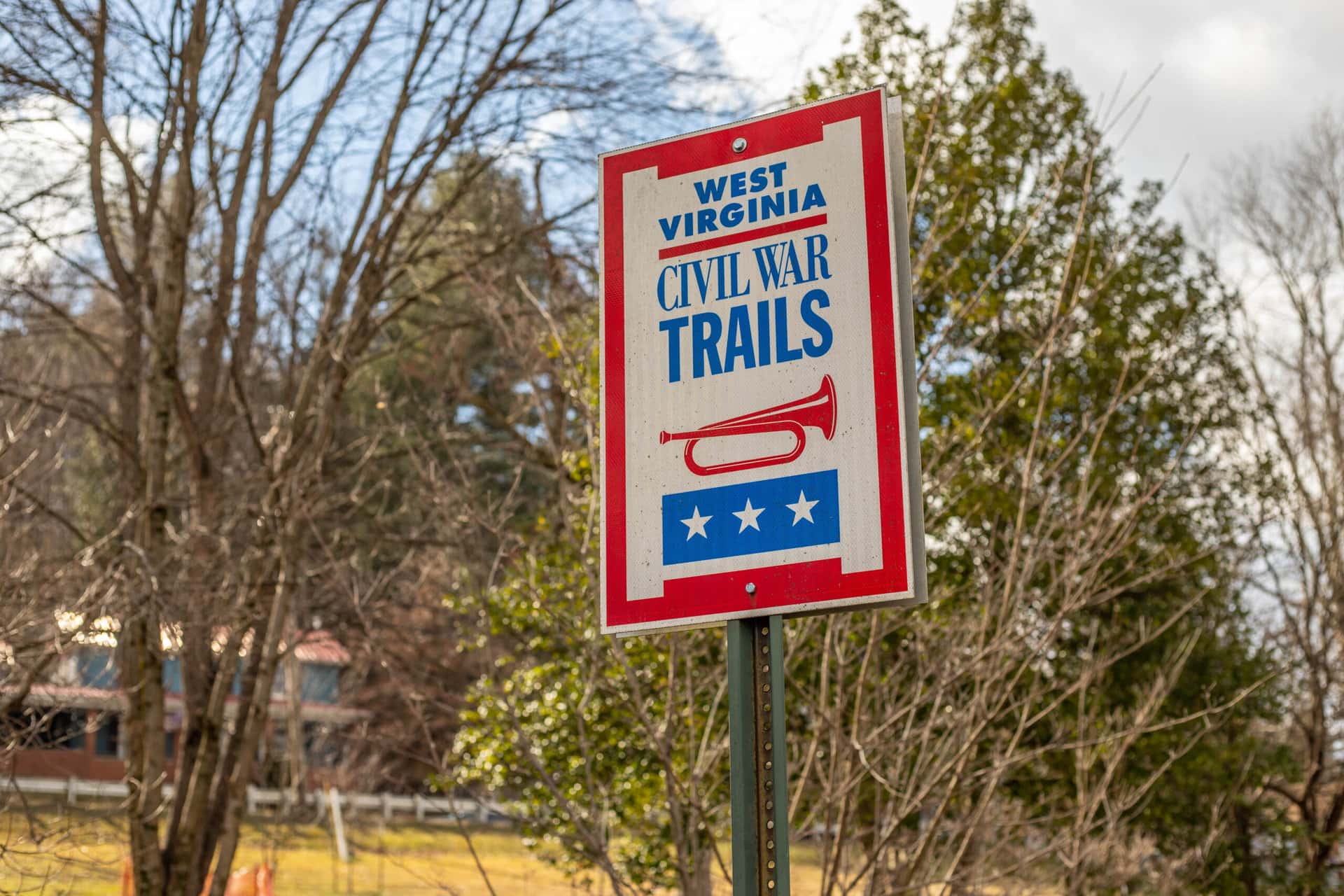Charleston, W.Va. – The following events happened on these dates in West Virginia history. To read more, go to e-WV: The West Virginia Encyclopedia at www.wvencyclopedia.org.
Sept. 11, 1913: Ritter Park in Huntington opened. During the Great Depression, the Works Progress Administration contributed to constructing the roads and stonework around the park.
Sept. 12, 1872: The Great Bend Tunnel was completed. The tunnel, also known as Big Bend Tunnel, is the place where John Henry defeated the steam drill, becoming one of the world’s great folk heroes.
Sept. 12, 1952: A group of local youths were startled from a game of football by a fireball streaking across the sky. The fireball fell to earth just beyond a hillside at Flatwoods. This sighting led to the legend of the Braxton County Monster.
Sept. 12, 1974: Kanawha County schools were closed for four days because of an escalation in violence during the Kanawha County Textbook Controversy. Throughout October and November, sporadic violence continued as protesters demanded the resignation of pro-textbook board members and the superintendent of schools.
Sept. 13, 1844: Milton Humphreys was born in Greenbrier County. During the Civil War, he enlisted in the Confederate service as a sergeant. At the battle of Fayetteville, Humphreys fired his cannon at Union artillery from behind an intervening forest. This demonstration set a precedent for modern warfare by the use of indirect fire.
Sept. 13, 1848: Attorney ‘‘J. R.’’ Clifford was born in present Grant County. In 1887, Clifford became the first African-American admitted to practice law before the West Virginia Supreme Court of Appeals. He was one of the first lawyers in the nation to challenge segregated schools.
Sept. 13, 1862: Confederate and Union forces clashed in Charleston. Southern artillery gained the high ground on Fort Hill and smashed the federals who were lining the west bank of the Elk River.
Sept. 13, 1910: Musician Leon ‘‘Chu’’ Berry was born in Wheeling. He was one of the most highly regarded saxophonists of the Swing Era.
Sept. 14, 1898: Okey L. Patteson was born in Mingo County. Patteson, called the ‘‘Great Persuader,’’ tackled difficult decisions as West Virginia’s 23rd governor from 1949 to 1953.
Sept. 15, 1875: Henry Hatfield was born near Matewan, Mingo County. As a doctor in the coal camps, he helped secure funding to establish three miners hospitals for the southern part of the state. In 1912, he was elected the state’s 14th governor.
Sept. 15, 1906: Songwriter Jack Rollins was born in Keyser. Rollins wrote the lyrics to ‘‘Here Comes Peter Cottontail’’ and ‘‘Frosty the Snow Man,’’ two of America’s most popular songs.
Sept. 16, 1926: Writer John Knowles was born in Fairmont. He attained literary fame in 1959 with his first novel, A Separate Peace.
Sept. 16, 1950: Scholar Henry Louis Gates Jr. was born in Keyser. Gates is one of the leading African-American intellectuals in the United States and has written several books, including Colored People: A Memoir, which describes his experiences growing up in Mineral County.
Sept. 17, 1848: Artist Lily Irene Jackson was born in Parkersburg. Jackson was best known as a painter of animal portraits and floral arrangements, and as an advocate for the arts.
e-WV: The West Virginia Encyclopedia is a project of the West Virginia Humanities Council. For more information, contact the West Virginia Humanities Council, 1310 Kanawha Blvd. E., Charleston, WV 25301; (304) 346-8500; or visit e-WV at www.wvencyclopedia.org.
